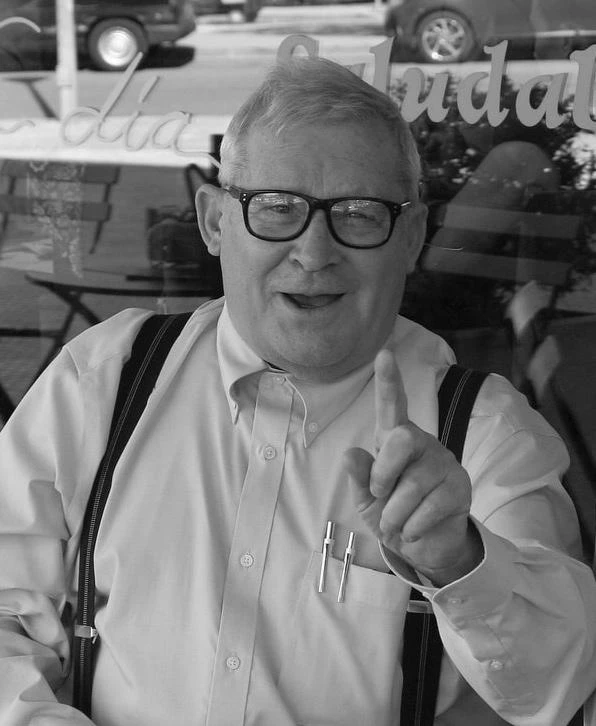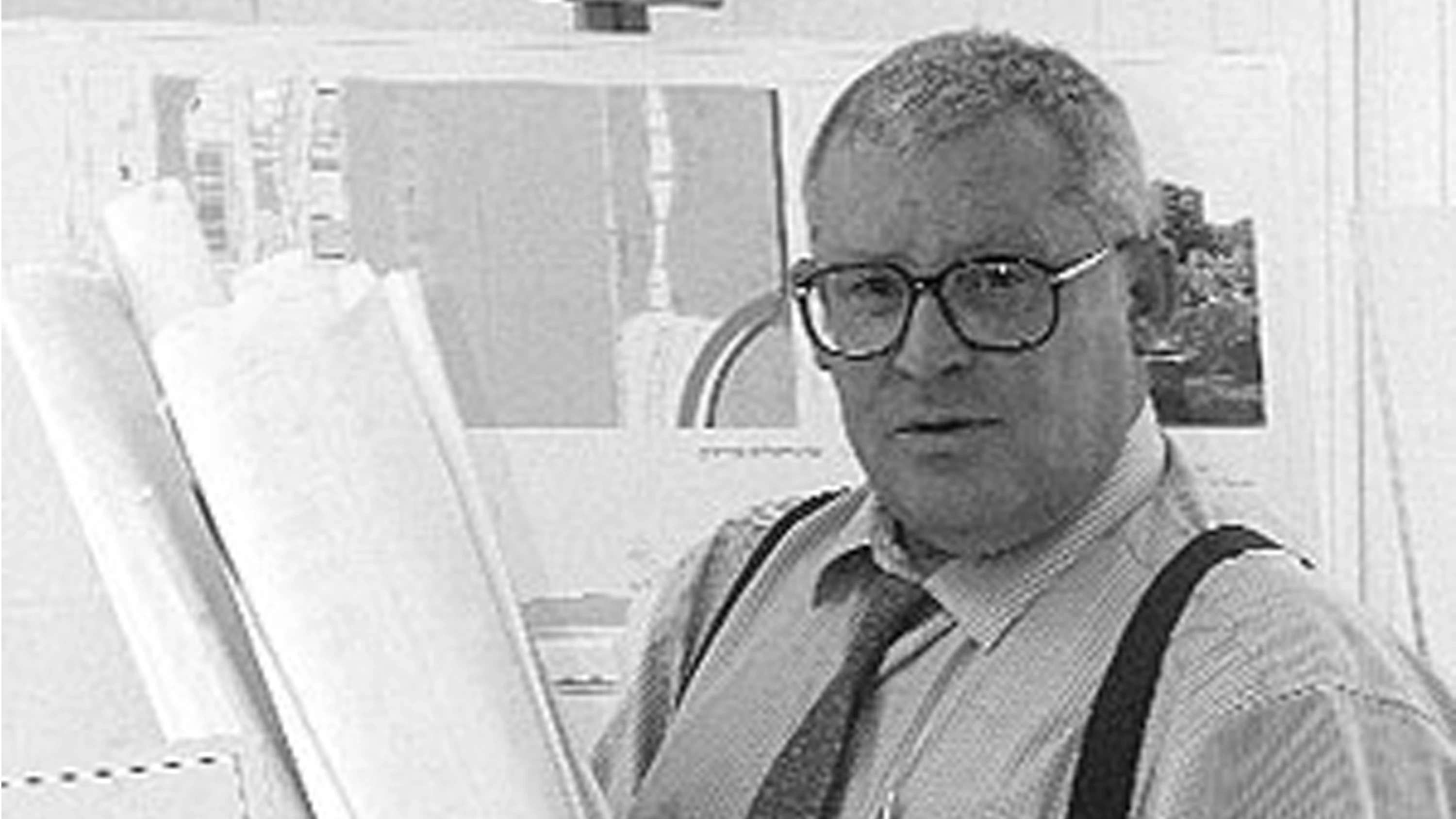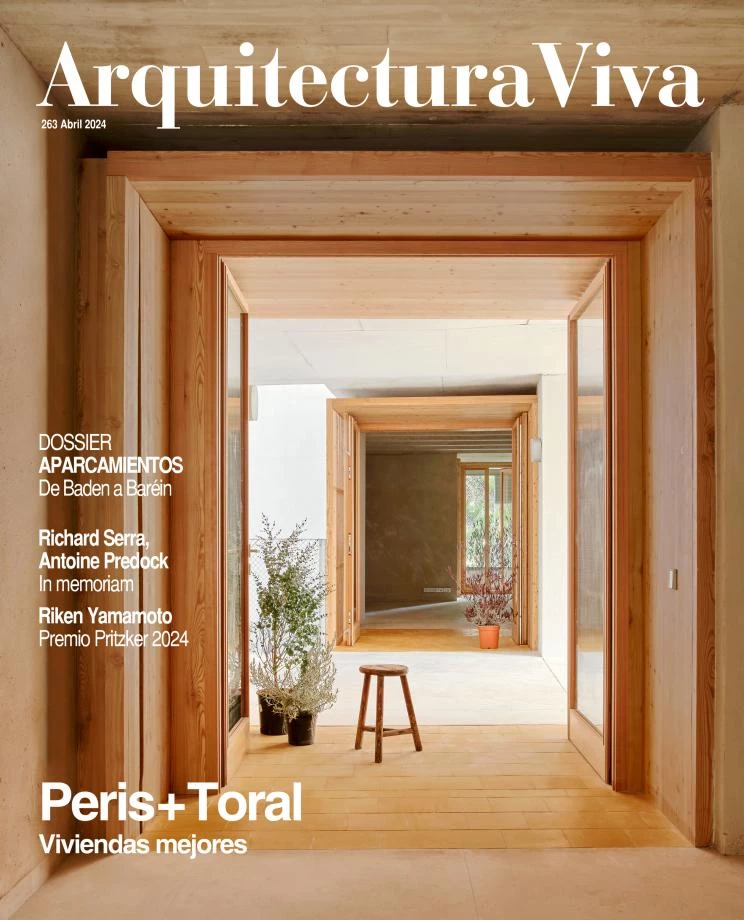
Photograph courtesy of Escuela de Ingenieros de Caminos, Canales y Puertos
MMM did lots of things, but will be remembered as the engineer who executed the big urban projects that Alberto Ruiz-Gallardón launched as president of the Community of Madrid from 1995 to 2003 and as mayor of the city from 2003 to 2011. Of strong Aragonese character, Manuel Melis Maynar defended technical competence in the university and in the building site, and his defiant tenacity gave him the reputation of a polemicist, something he tried to “bear with integrity, imperturbability, and calm.” But it was only thanks to his incombustible determination that he managed to give Madrid the Metrosur tube line and bury the M-30 motorway, and bequeath to students his formidable publications on tunnel construction or railway dynamics.
Born in Zaragoza and trained as an engineer in Madrid and Wisconsin, he combined academe with professional practice, making his professorship in Geotechnics at A Coruña School of Civil Engineering and later in Railways at the Madrid School compatible with his participation in various infrastructural projects in Spain and abroad, and culminated his career with the works completed over the course of fifteen years for Ruiz-Gallardón: the expansion of the Metro, with more than 100 kilometers of tunnels and 100 new stations and intermodal transport hubs, including the 41 kilometers of the Metrosur ring; and the burial of the peripheral M-30 motorway (the scale of Boston’s Big Dig but finished in 22 months instead of 22 years), with 66 kilometers of tunnels, including the largest built in the world with boring machines 15 meters in diameter, in addition to colossal storm water tanks on the riverbanks. The Madrid of Ruiz-Gallardón was also the Madrid of Melis.
The experience of designing and leading these huge works was recounted in two books the size of telephone directories which, published by the Universidad Politécnica de Madrid and modestly titled Apuntes de introducción, exhaustively present the theoretical analyses and calculation methods applicable in tunnel and railway construction, complemented with detailed descriptions of his Madrid grand travaux – which are in fact an apologia pro vita sua – and of Spain’s très grande vitesse, of which he was very critical, believing it a wrong economic decision to use ballast instead of concrete slabs under the tracks, slowing down trains, and also censuring the inadequate design of the lines, which causes jolts in trains, problems he attributed to the poor technical training of engineers and the low caliber of politicians in charge of infrastructures.
Our friendship began in the bid to redevelop the banks of the Manzanares River, which were opened out to the city after the M-30 went underground. We named the competition Madrid Río and I was appointed by the mayor to organize it. Melis was not favorably disposed toward architects, worrying that their extravances could interfere with his tunnels, so I tried to reconcile him with them by pointing out the polytechnical component of architects trained in Spain, as well as the infrastructural vision of plans like the one drawn up for Madrid by Zuazo, whose memoirs I gifted him along with those of Haussmann, whose transformation of Paris he so much admired.
I reviewed his book on tunnels in Arquitectura Viva 174, calling his first-person account of the Madrid works “a true historical document… looking like a university textbook,” and I offered to publish the critical assessment of the AVE high-speed train contained in his railway notes, but in the end he declined, so his lucid analysis remained hidden in that academic publication, where it will hopefully inspire new generations of engineers with its intelligence and courage. He was a great opera buff like Julio Martínez Calzón, another recently departed engineer, and I remember luncheons with the two as a rare luxury that allowed me to enjoy their shared devotion to technical reason and lyrical beauty.






